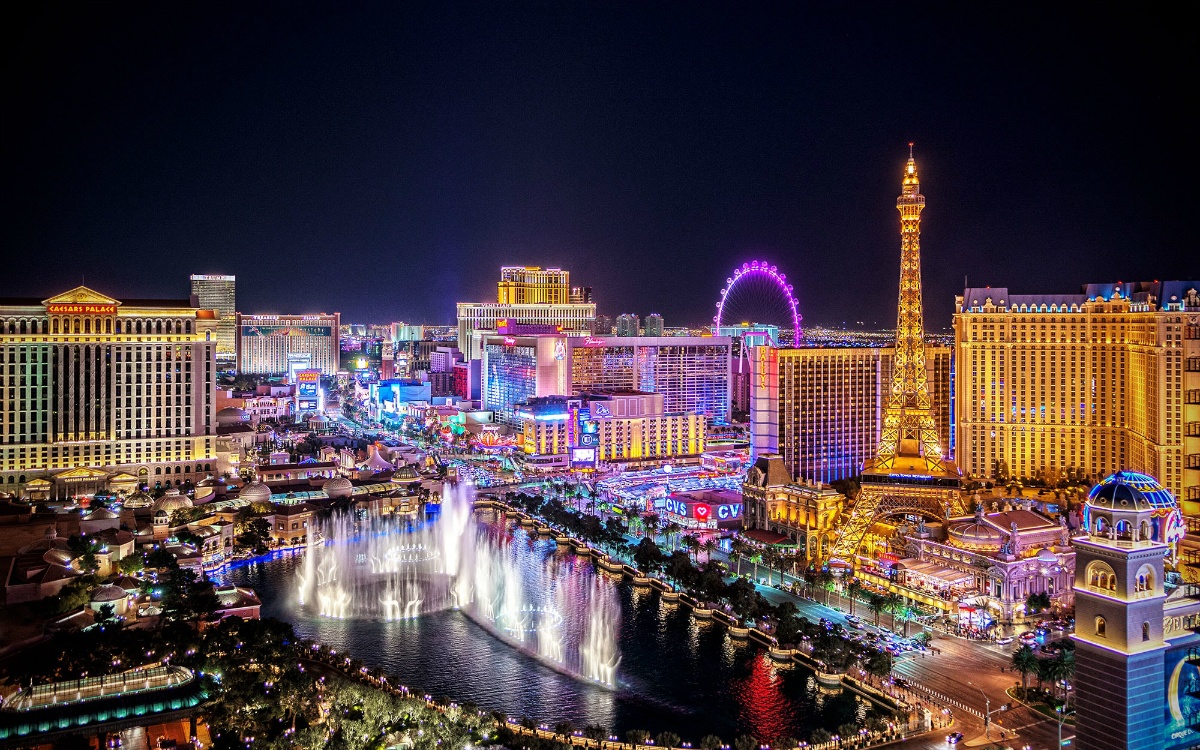US Casinos Deliver State and Local Governments $10.2B in Taxes, as Gaming Revenue Hits Record $43.6B
Posted on: June 4, 2020, 07:42h.
Last updated on: June 4, 2020, 10:49h.
Commercial casinos in the United States wrote checks totaling $10.2 billion to state and local governments last year, as gross gaming revenue (GGR) hit a record $43.6 billion.

The American Gaming Association’s (AGA) “State of the States” report reveals the gaming industry experienced a fruitful 2019. US casinos reported their fifth straight year of revenue growth. And for the first time in the history of legalized gambling in America, casinos paid more than $10 billion in gaming taxes.
Twenty-one of the 25 states with commercial gaming experienced year-over-year GGR growth, with 14 states reporting annual records.
At the end of 2019, Americans never had a higher opinion of our industry, and nearly half said they planned to visit a casino over the next year,” said AGA President and CEO Bill Miller. “Consumers saw gaming as providing innovative, cutting-edge entertainment, while at the same time providing economic and social benefits to local communities.”
The $43.6 billion in casino win represents a 3.7 percent premium on 2018’s haul.
By the Numbers
The AGA counted 989 casinos in the United States at the end of last year, with 465 being commercial enterprises and the rest tribal operations. Gambling generated an economic impact of $261.36 billion, and supported 1.8 million jobs.
To highlight the social impact casinos have, the AGA report states, “Gaming taxes are enough to support the annual education cost for 832,000 elementary and secondary school students.”
It’s no surprise that Nevada won the most gaming dollars ($12 billion), with the Las Vegas Strip accounting for nearly $6.6 billion. Atlantic City won $2.7 billion, and along with statewide online gambling and mobile sports betting, New Jersey held its No. 2 position at $3.46 billion – edging Pennsylvania at $3.38 billion.
New York was fourth at $2.73 billion, and Louisiana rounded out the top five commercial casino states at $2.45 billion.
At the end of 2019, only seven states did not have a commercial or tribal casino: Georgia, Hawaii, Kentucky, South Carolina, Utah, Vermont, and Virginia. That will likely be reduced to at least six, as local Virginia voters have the opportunity to approve casinos in five towns come November. There are also efforts in Georgia to end its gambling prohibition, but no laws have yet been passed.
COVID-19 Strikes
The five-year run of US commercial casinos reporting gaming revenue increases will come to an end in 2020. The COVID-19 pandemic halted both commercial and tribal casino operations across the country for much of March through May, and continues to keep gaming floors shuttered in many states to this day.
Those that have reopened are doing with reduced capacities to maintain social distancing.
The commercial casino industry went from continued record-breaking growth to complete shutdown. The American gaming industry has never faced a bigger challenge,” Miller said.
But he remains optimistic.
“We have proven time and again that we are resilient. From the Great Recession and hurricanes to the tragedy of 1 October 2017, our industry has always rallied together with our communities and come out stronger on the other end. I’m certain the same will be true over the coming months as gaming reopens for business,” Miller concluded.
Related News Articles
Most Popular
Mirage Las Vegas Demolition to Start Next Week, Atrium a Goner
Where All the Mirage Relics Will Go
Most Commented
-
Bally’s Facing Five Months of Daily Demolition for Chicago Casino
— June 18, 2024 — 12 Comments
















No comments yet